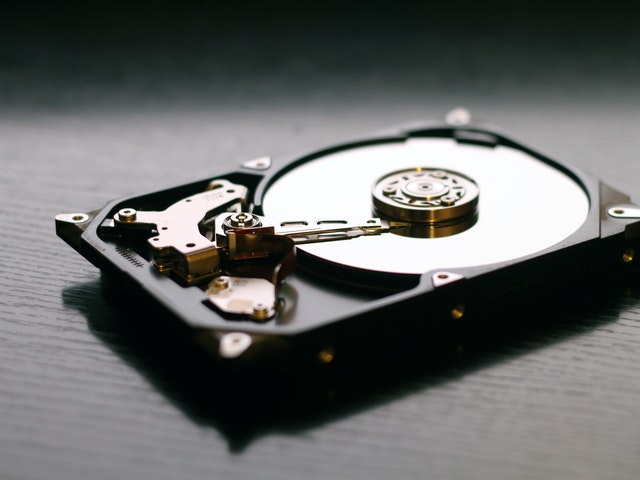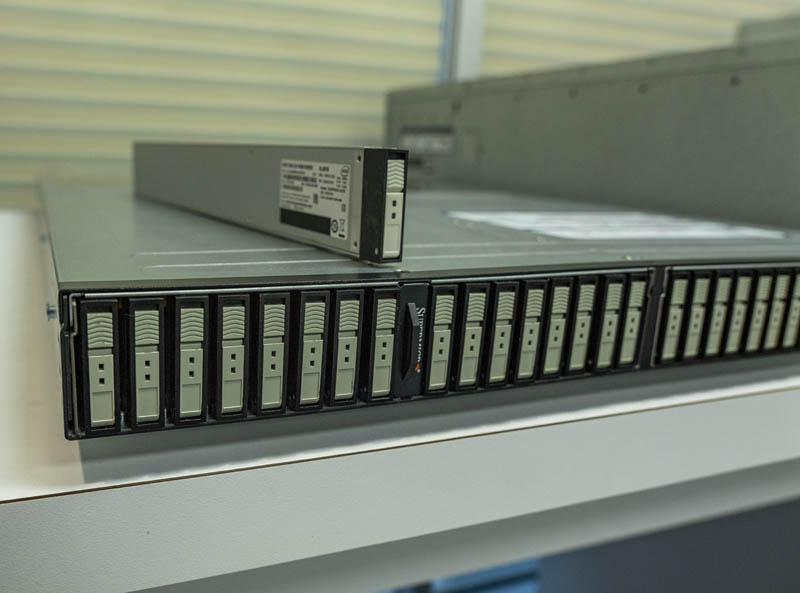You might have rarely heard someone say that they have a petabyte of space when asked. Are the new data management system using petabyte storage today? How big is a petabyte, and how much time does it take to move such data?
When the data needs to be protected for decades or longer, it requires hardware that can hold on for a long time without causing any problems. The tape drives cannot store data for a long time and are out of use today. Today terabytes of data need to be moved. Even the data managers cannot determine the huge amounts of data they have to move. Backups need to be massive in order to store the data that is important for businesses. Petabyte storages are already in use by several major organizations. We must start learning about petabyte storage so we understand how much data it can store and what kind of management it needs for long-term maintenance.
How big is a petabyte?
A petabyte of storage consists of 1000 terabytes or 1,000,000 gigabytes of storage. This storage space can save over 11,000 4k movies that you can watch for 2.5 years on a binge. You can store over 4,000 pictures every day for the rest of your life in a store like this.
 But what does a petabyte storage device look like? If you had to place 1GB flash drives next to each other in a line, it could measure over 92 football fields. According to the experts, moving 300 petabytes of data can take up to 7 years today if the data is moved non-stop in a perfect environment. According to another report, 300 petabytes of data is equivalent to moving a pile of books containing 75,000,000,000 copies.
But what does a petabyte storage device look like? If you had to place 1GB flash drives next to each other in a line, it could measure over 92 football fields. According to the experts, moving 300 petabytes of data can take up to 7 years today if the data is moved non-stop in a perfect environment. According to another report, 300 petabytes of data is equivalent to moving a pile of books containing 75,000,000,000 copies.
Do you need a petabyte storage today?
As an individual, you may still not need petabyte storage for your personal use. There are only two major data migration applications that require petabytes of storage. One is the maintenance of historical data for organizations, and the other is the moving or extraction of data stored in ranges of storage.
How to manage a petabyte of data?
Given the petabyte storage contains the biggest data that is hard to move and takes a long time. However, it is not impossible. There are two ways companies manage such big data. First, they set up a facility that can store such data, and then they need to analyze it to keep it checked. There are big data storage houses that serve a single purpose of keeping petabyte storage. The companies ensure the safety and accessibility of the data while also creating measures to retrieve the lost data.
Storing the data is not a challenge. Companies need to understand the importance of their data. Thus, they use big data analytics. A strong framework for the data allows companies to learn about the market, customers, and internal operations.






